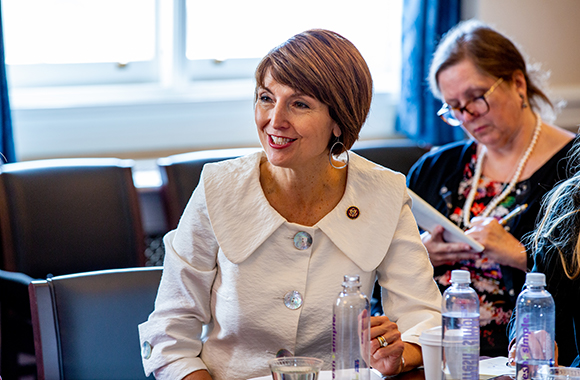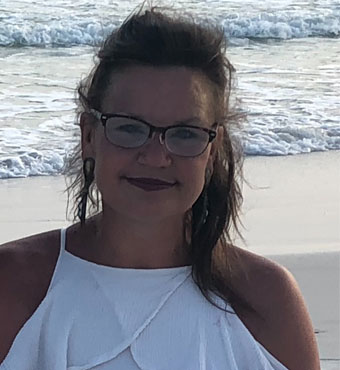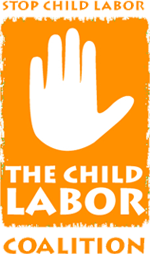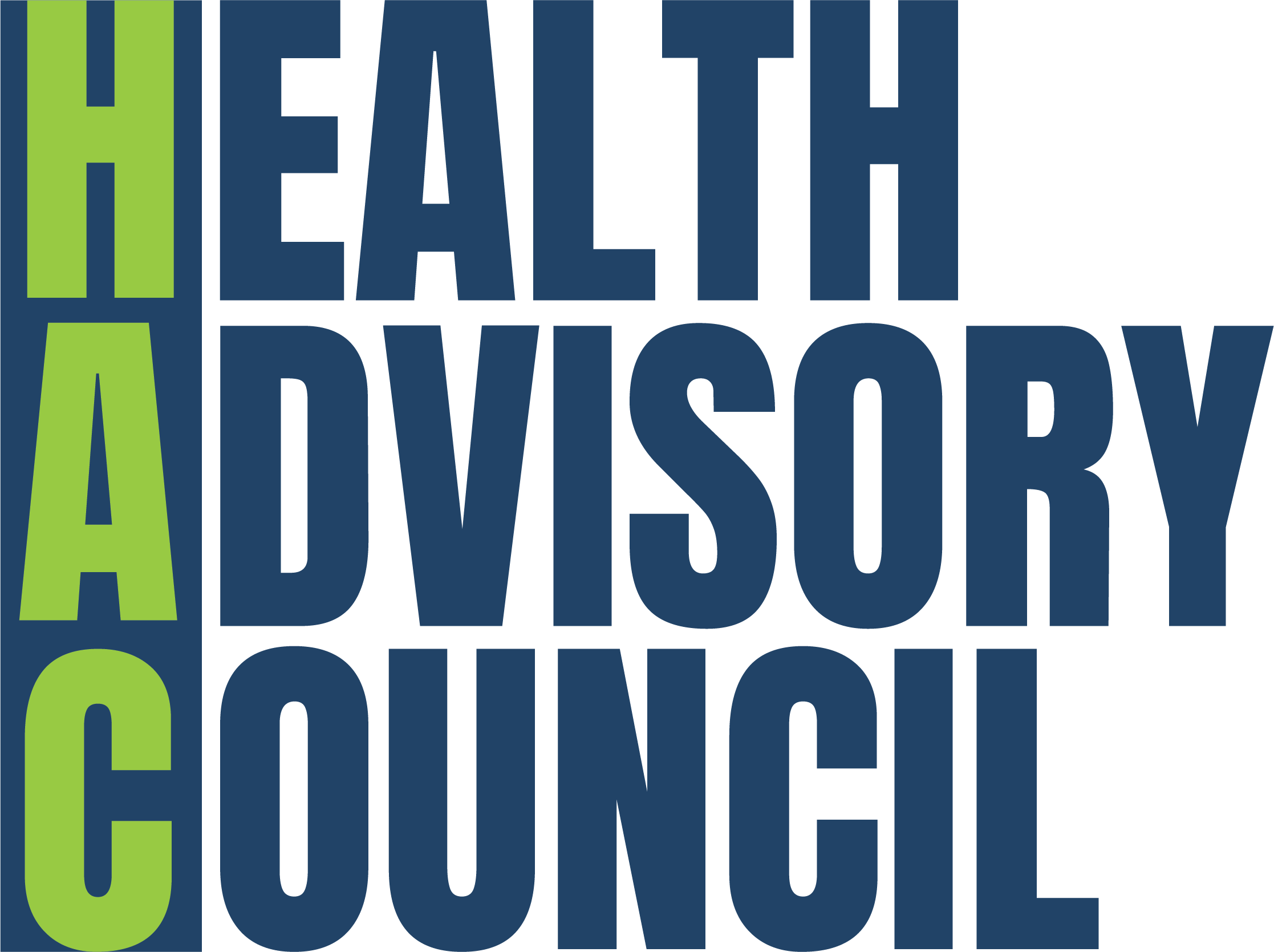Note: This blog posting was originally posted at Media Voices for Children, an Internet news agency for children’s rights.
By Reid Maki, Coordinator of the Child Labor Coalition
Most people don’t associate egregious forms of child labor with the United States. People tend to think that U.S. child labor laws have successfully done away with the worst forms of child labor. But there is a dirty little secret that not many Americas know: young children harvest fruits and vegetables on many of our farms.
Nightline, the ABC News show, highlighted agricultural child labor in an October 30th investigative report “Blueberry Children” that found several children under 12 in Michigan picking blueberries, including a 5- year-old. The children sometimes work till 9:00 p.m. One 11-year-old told reporters he was in his third year in the fields. Another small child talked about the danger when pesticides are sprayed nearby.
Josie Ellis, a nurse with Migrant Health, told Nightline that the fields in North Carolina, where she is based, are full of working children. She noted that the kids acquire severe rashes, respiratory illnesses, and neurological impairments from their contact with pesticides.
They also miss out on their childhoods because they are working long hours. “Play is something that migrant children know very little about. Work they know,” said Ellis. “We see frustration. We see really tired kids. We see depression in children….despair…the inability to dream…the inability to see past high school…the inability to see past junior high school….I think it’s shameful that our nation tolerates child labor,” added Ellis.
Recently, at a recent dinner in Washington, D.C. hosted by the National Consumers League, Norma Flores, a former child farm worker, now in her twenties, recalled her years in the fields. “I hated it,” said Norma. “I hated to work in the fields. I hated getting sweaty and dirty. I hated getting blisters and cuts and sunburns. I hated finishing my row of work only to see there was no water to drink at the end. I hated to have to walk half a mile to go to a dirty portable toilet. I hated how the work affected me outside of the fields. I hated having to enroll in school late every year, to have to make up months of assignments and have to fight to get my school credits. More than anything, I hated knowing my parents needed me out there to make ends meet, because it meant I couldn’t say no. Even though I was only a kid, I knew I didn’t belong there. I knew I could do more than hoe weeds for 70 hours a week.”
The Michigan farm shown on Nightline is not an isolated example. The U.S. Department of Labor found eight other farms in Michigan with child labor or migrant housing violations. Earlier this year, nine farms in North Carolina and a farm in Vineland New Jersey were fined for child labor violations.
But these are example of illegal child labor—the problem is that there is a great deal of legal child labor in U.S. agriculture. Exemptions in U.S. child labor law allow kids who are 12- and 13-years-old to work. The law does not allow a 12-year-old to work for one hour in my air conditioned office making copies, but it allows a 12-year-old to work all day in a field in 100-degree heat performing work that would be too hard for many adult Americans.
In addition to the health problems already cited, the kids pay a very heavy price academically. The dropout rate fluctuates from 50 to 80 percent in most migrant communities. The kids are exhausted from work and migration. As Norma Flores noted, many leave their home school before the school year ends and return weeks after it begins in the fall. As they follow the crops around the country, some may enter other school systems, but they are often placed in the wrong classes or in the wrong levels. Understandably, these migrant students often become frustrated and discouraged, and often drop out.
Although some of the kids are immigrants from Mexico, more than half were born here in the U.S. and are American citizens. They are good kids trying to help their family escape poverty. The underlying problem is that adult farmworkers often do not earn a living wage, and they feel compelled to bring their children to the field with them to increase their income.
The working children—I discovered during field investigations—are more likely to wear little or no protective clothing to guard against the sun or pesticide contact. It’s not uncommon to see them working barefoot despite the presence of dangerous farm tools, pesticide residue, snakes, and scorpions.
In 2003, I joined Len Morris and Robin Romano of Galen films in South Texas when they filmed the U.S. farmworker section of their feature length documentary, Stolen Childhoods. We filmed and interviewed 9-year-old Mariela on her first day of work. In 90-plus degree heat, she stood there working beside her father, cleaning onion bulbs with giant adult-sized scissors. She was very ill with the flu or an allergic reaction to the onions, but her family needed the money, so she kept working. It’s hard to describe the amount of effort required to bend over and pick up an onion a thousand times a day. It’s exhausting work, extremely taxing for adults—and totally inappropriate for children.
The exemptions that allow these young children to work have been around since 1938 and the passage of the Fair Labor Standards Act. The 22 members of the Child Labor Coalition (CLC), which I coordinate, believe it’s time to end this unfair treatment of farmworker children. Through the Children in the Fields Campaign, AFOP, the National Consumers League and the CLC have been working to pass the Children’s Act for Responsible Employment (CARE), which would close the exemptions and force the equal treatment of farmworker children.
The bill, introduced by Rep. Lucille Roybal-Allard (D-CA) in September, would preserve an exemption for family farmers so their children could help on the farm, but the children of migrant and seasonal farmworkers who work for wages would have to wait till they are at least 14 to work. The U.S. Department of Labor would evaluate the safety of agricultural jobs to determine if some can be performed by 14- and 15-year-olds. The CARE Act would also prohibit teens in agriculture from doing jobs recognized as very dangerous from doing those jobs until they were 18—the age limit in all other industries.
More than 20 national groups—Human Rights Watch, the American Federation of Teachers, the National Education Association, and the United Food and Commercial Workers International Union among them—have signed on to endorse the CARE Act. Please help us. Call your Congress member and urge the passage of the Children’s Act for Responsible Employment—the CARE Act—today. The unfair treatment of farmworker children is intolerable in 2009 in America, and it must end!














